CHEMOSYNTHESIS PROCESS AS A FUNDAMENTAL PRINCIPLE IN THE DEVELOPMENT OF THE LIFE OF SOME MARINE SPECIES
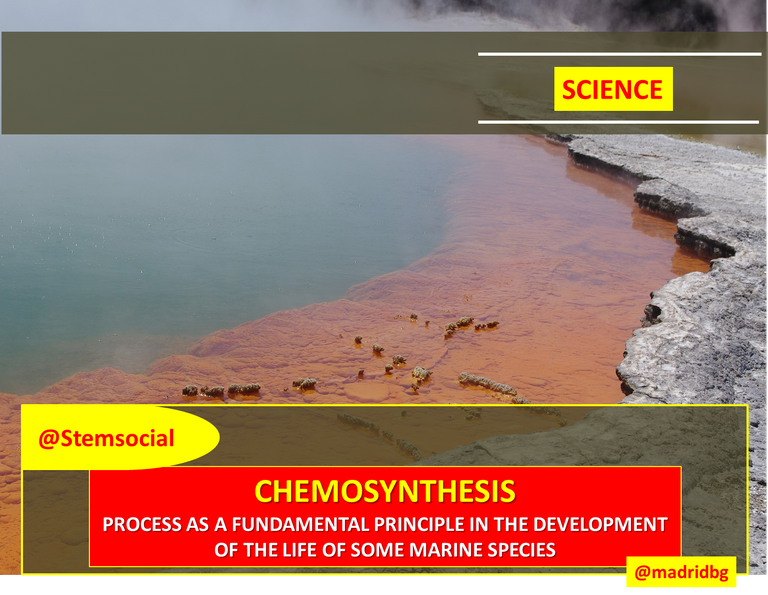
Author: @madridbg, via Power Point 2010, using public domain images. Fred T.
Greetings and welcome dear readers of this prestigious platform, especially to all those users who live in the @Stemsocial community, where we can glimpse a wealth of knowledge associated with science and the diversity of processes that are known through them.
In this sense, through these lines of writing, we will carry out a conceptual approach that allows us to understand the mechanisms associated with life that develops in the depths of the seabed, thus, that we will use as an example the tube worms, which are creatures lacking a mouth and intestines and that develop their metabolic process through the redóx reactions of the ion coming from the hydrogen sulfide that is expelled through openings in the bottom of the oceans .
Therefore, it is necessary to take into account that the bottom of the ocean is assumed to be a dark and cold place and for a long time it was thought that this space of our planet was devoid of life, except for some scavenger species that were in charge of feeding through the remains of organisms that fell from the ocean surface.
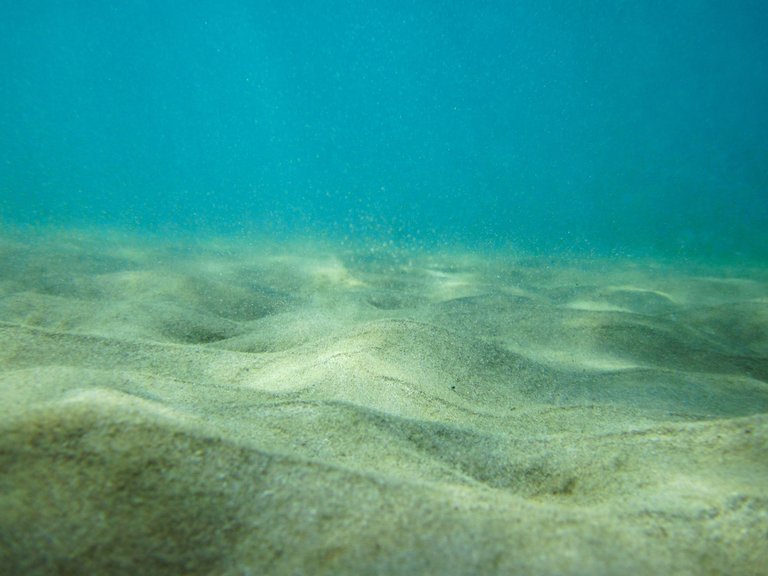
Author: PxHere.
However, through science and technological advances, it has been possible to elucidate that at the bottom of the seabed the life of complex organisms develops that depend exclusively on various biochemical processes and that we will be studying throughout this writing.
THE METABOLIC PROCESSES FROM THE SURFACE TO THE DEPTHS OF THE SEA

It is no secret to anyone that on the earth's surface, life in the first instance depends on the photosynthetic process that allows the oxidation-reduction type biochemical cycles to be promoted, which make our existence possible, so that we can establish that in the first instance life begins through the transformation of radiation from the sun and that in a certain way the tropical chain that we know today part through this metabolic synthesis of sunlight.
To understand and simplify the above, we must take into account that plants are responsible, through the photosynthesis process, for transforming solar radiation into a more complex substance such as carbohydrates, vitamins, minerals, among others, that we can find in the fruits of the same species and in their structure in general.
Therefore, plants transform solar radiation, likewise organisms of animal origin, when consuming plant matter, are directly consuming the energy that they have managed to transform through solar energy , but indirectly, the energy from solar radiation that was transformed through photosynthesis is absorbed, this process is repeated until it reaches human consumption.
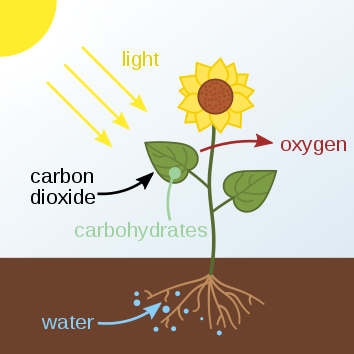
Fig 3. Diagram of the phases of photosynthesis. Author: Nefronus.
Now, at the level of the deep sea, life is not distributed uniformly, but is developed and concentrated around the outlets, these being understood as large openings in the marine fact, which emit highly toxic fumaroles of saturated water. through the powerful and poisonous hydrogen sulfide, chemically known as hydrogen sulfide.
Consequently, in these regions of the planet, highly modified species survive and are adapted to the environment where they develop, as we have already mentioned at the beginning. Thus, tube worms are one of the species that have adapted to this type of environment. They belong to the Riftia pachyptila family and are considered a marine invertebrate belonging to the Annelida phylum. This species has the peculiarity of growing up to about 2.7 meters high and is characterized by having an organ called a trophosome, which is the space where millions of symbiotic bacteria are housed, which constitute half of the worm's mass and are responsible for transforming matter and generating energy for the tubular species.
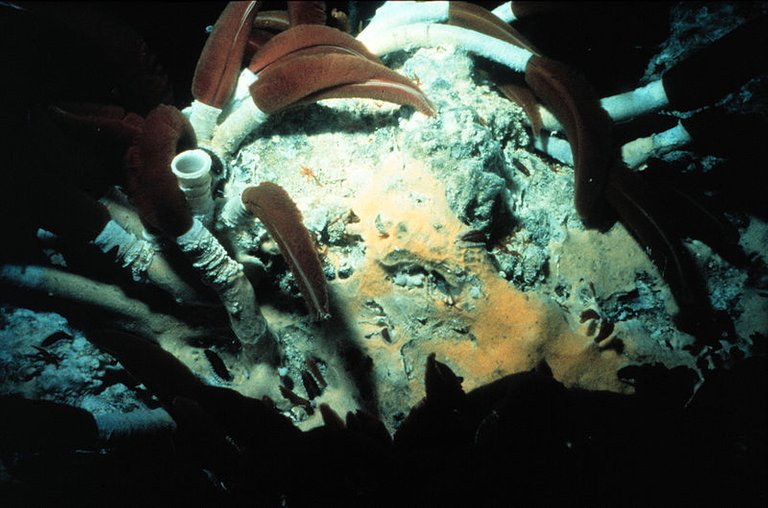
Fig 4. Representation of the tubeworm on the seabed. OAR/National Undersea Research Program (NURP).
So that in a certain way a work team is generated since the worms take advantage of the bacteria that have grown inside them to obtain energy from redóx processes from the hydrogen sulfide ion as shown in the equation below , a process that scientists have called chemosynthesis, while the bacteria obtain a space to inhabit.

Ecuación 1. Redox reaction of hydrogen sulfide. madridbg.
If we analyze the chemistry of the redox reaction that occurs internally in the tube worms, we will realize that this species uses the energy obtained in chemosynthesis to convert the carbon dioxide dissolved in the water into much more complex molecules but that present a large percentage of carbon in them.
Stoichiometrically, for each mole of hydrogen-sulfide ion that is consumed, 9 moles of hydronium ion are produced, a process that makes us think of the sophisticated and efficient biochemical mechanism that tubeworms have developed, since that must be adapted to release excess acid in the body because it could cause death as a result of extremely low pH.
Wood that the worms have learned to survive in this toxic and inhospitable environment due to the presence of hydrogen sulfide, for which the redox reaction that the species has developed is focused on the absorption of hydrogen-sulfide ion instead of highly toxic hydrogen sulfide, which shows that all species on our planet have the ability to adapt to the environment in which they live.
FINAL CONSIDERATIONS

As we have been able to determine throughout these lines of writing, adaptation is essential for the existence of life on this planet and through science it has been possible to search for efficient mechanisms that allow us to understand the evolutionary process of some species.
In this particular, knowing the mechanism of action of metabolically speaking tubeworms is thanks to various studies that have been developed from the University of California in Santa Barbara, they have been able to develop a environment similar to that presented in the marine event, where tubeworms can be transported, studied in depth in terms of their behavior, structure and internal chemical processes that allows us to understand the development of life on planet earth, knowing that some theories associate this type of life as the mechanism by which the human species was created.
BIBLIOGRAPHY CONSULTED

[1] Chang, R. (2010). Chemistry. Tenth edition. McGraw-hill Interamericana publishers. ISBN: 978-607-15-0307-7.
[2] Jorge Hernández-Urcera and Ángel Guerra. Life in the deep sea depths Artículo: Acceso en línea .
[3] McMURRY E., John y Fay C., Robert. (2008). General Chemistry. Fifth edition PEARSON EDUCACIÓN, Mexico, 2009 ISBN: 978-970-26 1286-5.
[4] Ralph, H. Petrucci, William S. Harwood, E. Geoffrey Herring. (2003). GENERAL CHEMISTRY. Eighth edition. PEARSON EDUCACIÓN. S.A., Madrid.
[5] ANABOLISM, PHOTOSYNTHESIS AND CHEMOSYNTHESIS. Article: Online access .
OF INTEREST

For more information related to the areas of science, technology, engineering and mathematics, feel free to visit #stemsocial and #stem-espanol, communities that promote scientific advances in these areas.
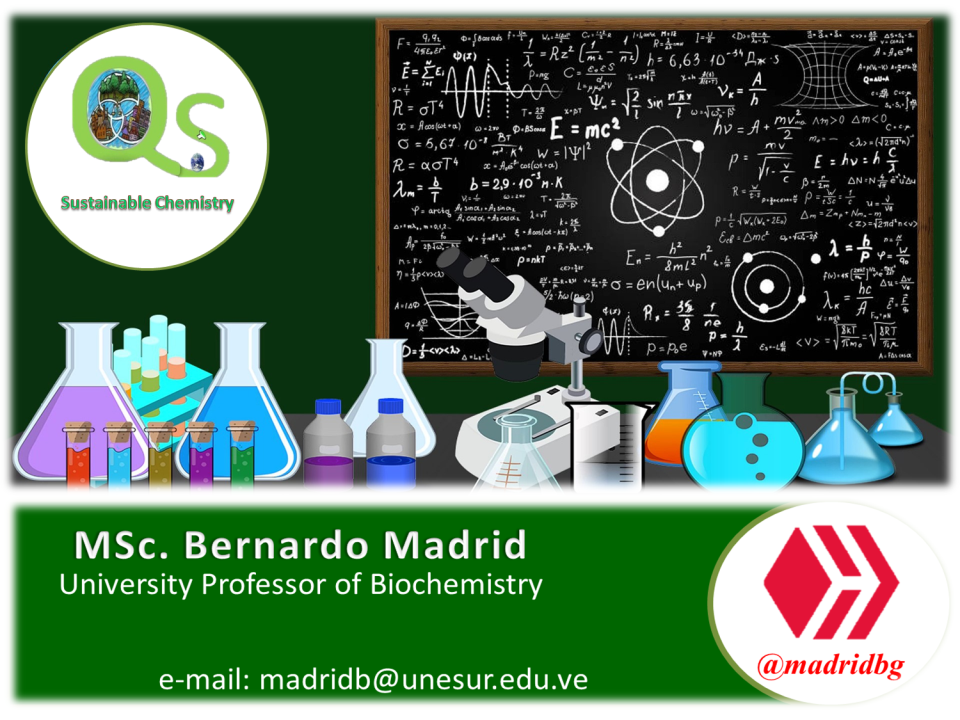
0
0
0.000
Thanks for your contribution to the STEMsocial community. Feel free to join us on discord to get to know the rest of us!
Please consider delegating to the @stemsocial account (85% of the curation rewards are returned).
You may also include @stemsocial as a beneficiary of the rewards of this post to get a stronger support.